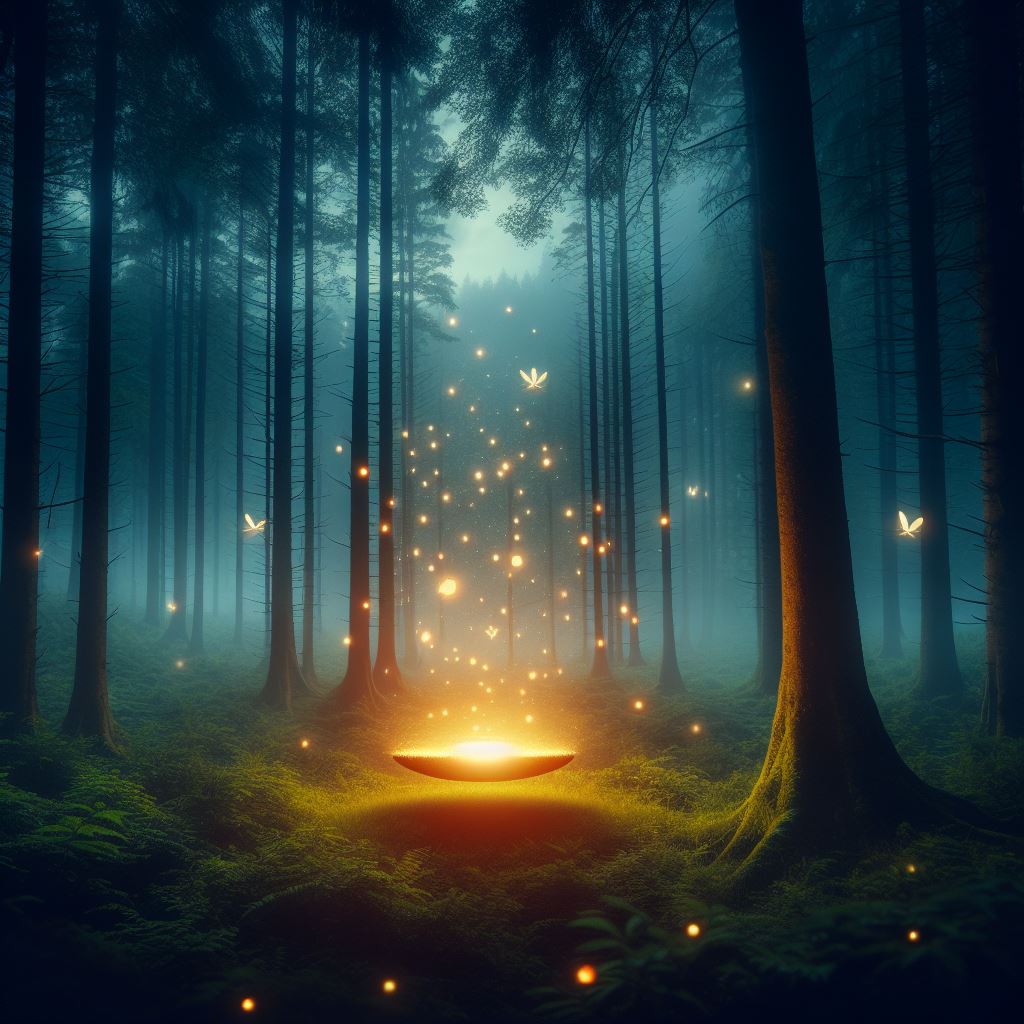In the quiet corners of our bustling world, whispers of the paranormal persist. Tales of ghostly apparitions, inexplicable phenomena, and otherworldly encounters have fascinated humanity for centuries. But in the age of scientific enlightenment, a pressing question remains: Is there any truth to the paranormal, or are these stories merely figments of our imagination?
This journalistic exploration delves into the evidence, theories, and skepticism surrounding the existence of the paranormal, aiming to uncover whether there’s any truth behind the veil of the unknown.
The Lure of the Unseen: A Historical Perspective
From ancient civilizations to modern societies, the belief in the paranormal has been a constant thread. Ancient Egyptians believed in the afterlife and constructed elaborate tombs to ensure safe passage. Medieval Europe was rife with tales of ghosts and witches, while Eastern cultures revered spirits and ancestor worship.
In the 19th century, the Spiritualism movement gained momentum, with séances and mediums claiming to communicate with the dead. This period saw an explosion of interest in the paranormal, laying the groundwork for contemporary fascination.
Modern Paranormal Investigations: Science Meets the Supernatural
Today’s paranormal investigations often blend traditional beliefs with modern technology. Ghost hunters use an array of devices—EMF meters, infrared cameras, and digital recorders—to detect anomalies that might indicate paranormal activity.
Case Study: The Enfield Poltergeist
One of the most famous modern cases is the Enfield Poltergeist, which occurred in the late 1970s in a London suburb. A single mother and her children reported furniture moving, strange noises, and even levitation. Investigators from the Society for Psychical Research documented the events, and the case garnered significant media attention.
Skeptics argue that the events were either exaggerated or fabricated, citing the lack of conclusive evidence and the possibility of the children playing pranks. However, some investigators remain convinced that something inexplicable occurred.
Scientific Scrutiny: The Skeptical Perspective
The scientific community largely views paranormal claims with skepticism. The lack of reproducible evidence and the reliance on anecdotal accounts undermine the credibility of paranormal phenomena.
Psychological Explanations
Psychologists suggest that many paranormal experiences can be attributed to cognitive biases and psychological factors. For example, pareidolia—the tendency to perceive meaningful patterns, such as faces, in random stimuli—might explain sightings of apparitions.
Sleep paralysis, a condition where individuals wake up but are temporarily unable to move, is often accompanied by hallucinations and a sense of a malevolent presence. This phenomenon could account for many reports of ghostly encounters.
The Power of Suggestion
The power of suggestion and cultural conditioning also play significant roles. People exposed to horror stories or haunted locations may be more likely to interpret ambiguous stimuli as paranormal. This is known as the “haunted house effect.”
The Unexplained: Anomalies and Theories
Despite widespread skepticism, some phenomena remain unexplained. Reports of near-death experiences (NDEs), where individuals describe leaving their bodies and encountering a bright light or deceased relatives, have intrigued researchers.
Quantum Theories and the Paranormal
Some scientists propose that quantum physics might offer explanations for paranormal phenomena. Concepts like parallel universes and the observer effect challenge our conventional understanding of reality and suggest that consciousness might play a more significant role in the physical world than previously thought.
Case Study: The Skinwalker Ranch
Skinwalker Ranch in Utah is another hotspot of paranormal activity, with reports of UFO sightings, cryptid encounters, and strange electromagnetic phenomena. Despite extensive investigations, including by billionaire Robert Bigelow’s National Institute for Discovery Science (NIDS), no definitive explanations have been found. The ranch remains a focal point for those studying the fringes of science.
Cultural Impact and Media Representation
The media has played a pivotal role in shaping public perceptions of the paranormal. TV shows like “The X-Files” and “Ghost Hunters,” along with movies like “The Conjuring,” have popularized paranormal themes, often blurring the line between entertainment and reality.
The Role of Social Media
In the digital age, social media platforms amplify paranormal claims, with countless videos and stories going viral. This democratization of content allows for a wider dissemination of personal experiences but also increases the spread of hoaxes and misinformation.
Conclusion: The Continuing Quest for Answers
The question of paranormal existence remains open-ended. While scientific skepticism prevails, the allure of the unknown continues to captivate imaginations. The interplay between psychological explanations, cultural influences, and genuine anomalies ensures that the debate will persist.
As we venture further into the 21st century, perhaps advancements in science and technology will provide clearer answers. Until then, the paranormal remains a tantalizing mystery, a testament to humanity’s enduring fascination with the unknown. Whether real or imagined, the stories of the paranormal reflect our deepest fears, hopes, and the boundless curiosity that drives us to explore the mysteries of existence.


